Change in the military often arrives quietly. It begins with a cadet who endures isolation, a sailor who earns rank once deemed unreachable, or an aircrew that proves skill should decide every seat. Across decades, servicemembers pushed institutions to match their courage, turning competence into policy and precedent. These breakthroughs did not erase struggle, yet they widened lanes for those who followed and strengthened the force. What connects them is discipline, calm under pressure, and results no headline can ignore.
William H. Carney Holds the Colors
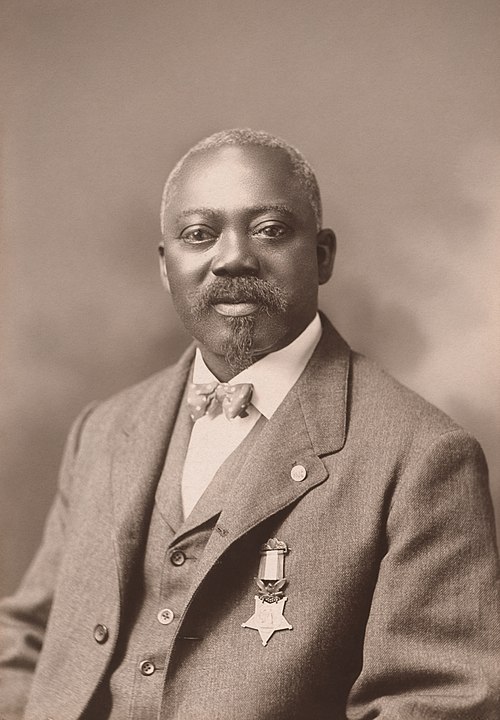
William H. Carney of the 54th Massachusetts carried the colors at Fort Wagner in 1863, rescued the flag under fire, and refused to let it touch the ground despite severe wounds. His Medal of Honor, awarded in 1900, recognized valor long overlooked for Black troops in federal service. The citation validated courage that racism tried to minimize and helped carve a path for broader remembrance of the 54th and other units whose discipline and losses reshaped public opinion.
Henry Ossian Flipper Graduates West Point
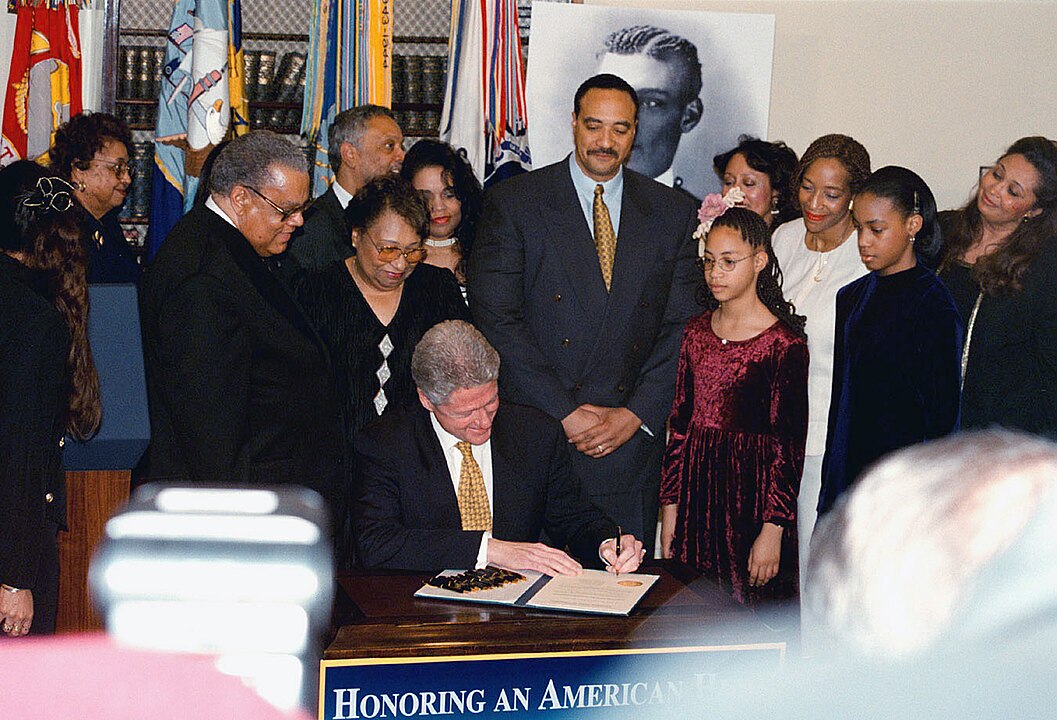
Henry Ossian Flipper graduated from West Point in 1877 as the academy’s first Black cadet, surviving isolation, silence, and targeted scrutiny. He served with the Buffalo Soldiers and earned strong reviews before a contested court-martial ended his Army career. A 1999 presidential pardon acknowledged the injustice and restored honor to his record, underscoring how individual excellence can expose biased systems and nudge institutions toward change.
The Navajo Code Talkers Redefine Security

Chester Nez and the original 29 Navajo Code Talkers transformed Diné language into an unbreakable battlefield code in World War II, speeding orders across Pacific islands and saving lives. Their work remained classified until 1968, delaying recognition and benefits for decades. Later honors, including Congressional Gold Medals, affirmed that Native languages and cultural knowledge strengthened national defense, and that service can break barriers simply by proving what previously went unimagined in military planning.
Alene Duerk Becomes First Female Navy Admiral
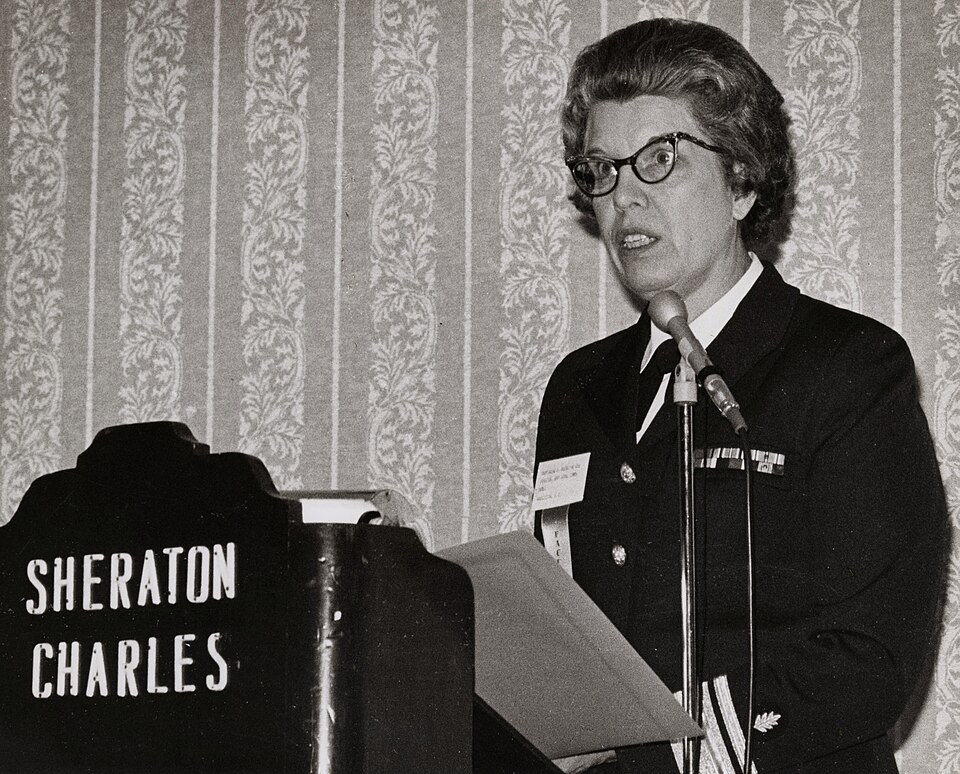
Rear Adm. Alene Duerk became the first woman admiral in the U.S. Navy in 1972 after a career in the Nurse Corps that spanned World War II through Vietnam. Her promotion opened pathways that policy had kept narrow, legitimizing senior command roles for women across healthcare, training, and operations. By normalizing authority at flag rank, she shifted expectations inside wardrooms and classrooms, proving leadership credibility rests on performance, not on who historically held the title.
Colin Powell Leads the Joint Chiefs
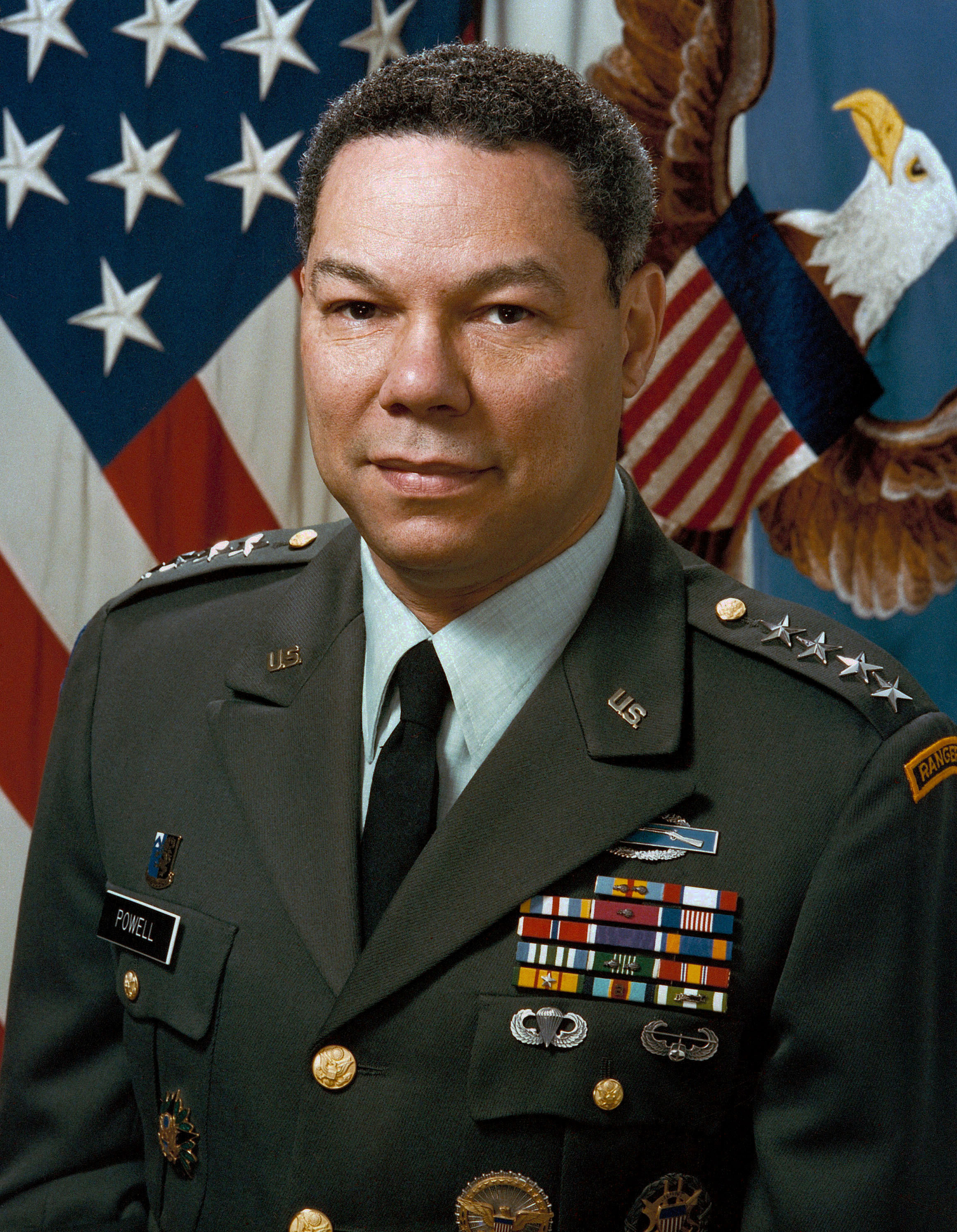
Gen. Colin Powell became the first Black chairman of the Joint Chiefs of Staff in 1989, bringing a pragmatic doctrine that emphasized clear objectives and public accountability. His rise from enlisted-family roots through ROTC to four stars challenged assumptions about who could set military strategy at the highest level. The appointment signaled institutional willingness to elevate talent on merit and offered a visible model for cadets and junior officers watching the Pentagon’s top table.
Michelle Howard Reaches Four Stars
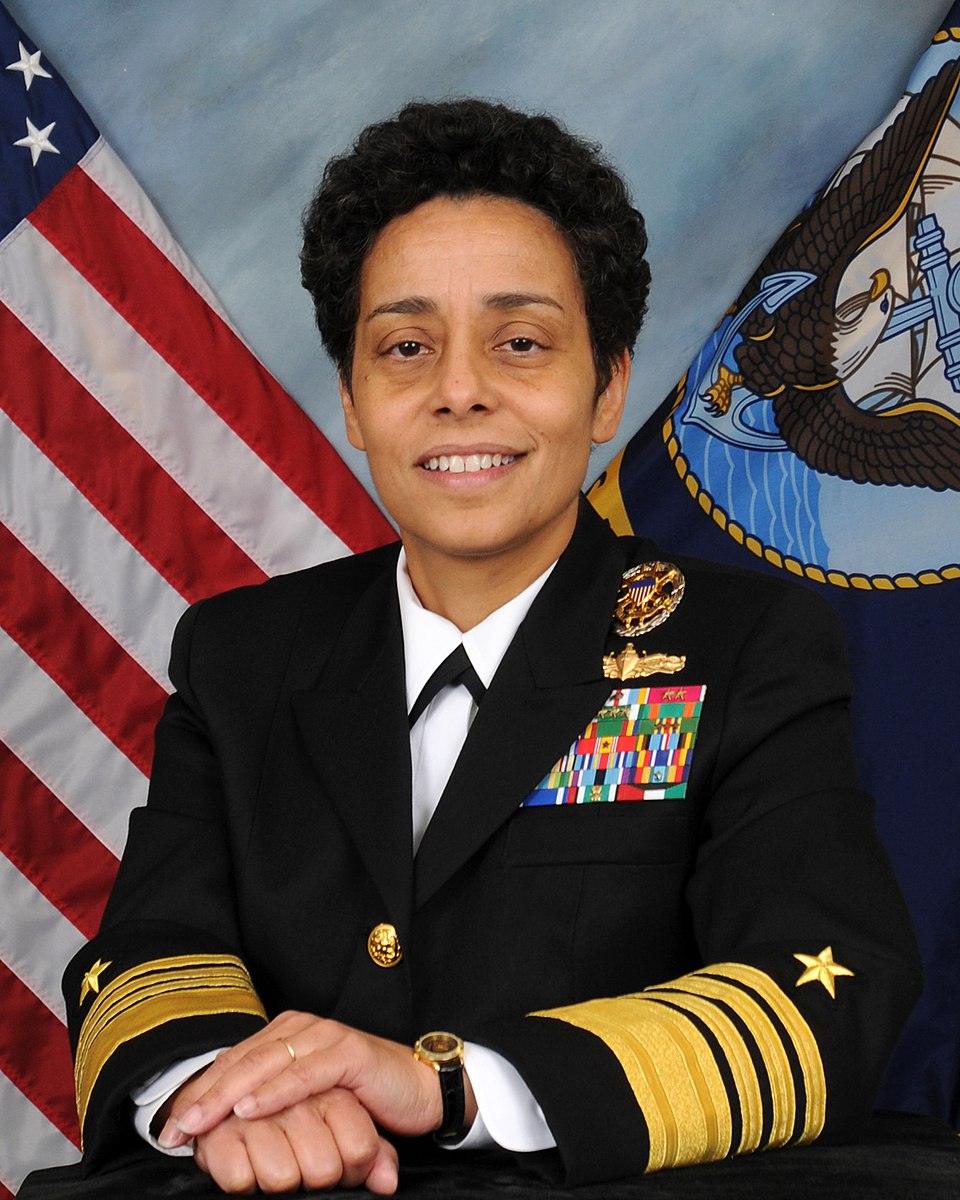
Adm. Michelle Howard became the first woman four star in Navy history in 2014 and earlier was the first African American woman to command a U.S. Navy ship. She later served as vice chief of naval operations, the service’s number two post. Her career demonstrated that complex afloat commands and high staff roles benefit from wider talent pools, and it encouraged midgrade officers to picture themselves on bridges and in briefing rooms where they had rarely seen themselves represented.
Ranger School Opens to Women
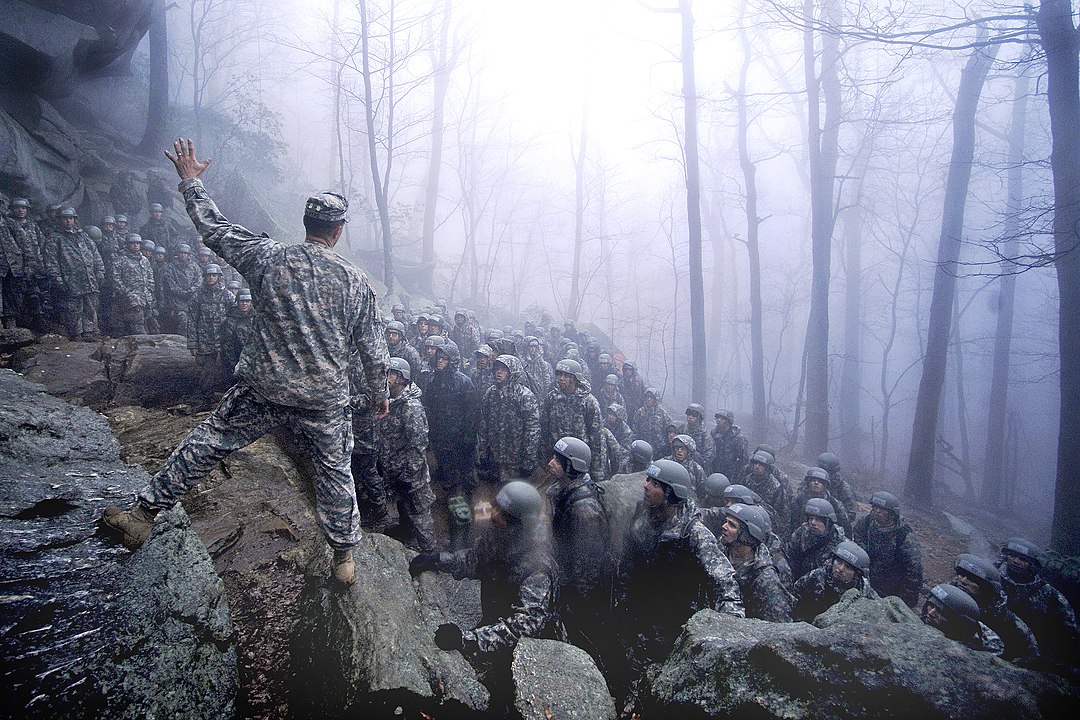
Capt. Kristen Griest and 1st Lt. Shaye Haver graduated U.S. Army Ranger School in Aug. 2015, completing a grueling course long seen as a gate to combat leadership. Their tabs arrived after multiple recycles and the same standards applied to peers, which muted claims that the bar had moved. The milestone helped lay groundwork for opening more combat roles to women, signaling that performance, not precedent, should decide who leads small units under pressure.
Lori Robinson Commands NORTHCOM

Gen. Lori Robinson took command of U.S. Northern Command in 2016, the first woman to lead a U.S. combatant command responsible for homeland defense and NORAD partnership. The role demanded joint, binational coordination and rapid crisis decisions, from disaster response to airspace security. Her tenure showed that complex, multiagency missions benefit from inclusive leadership pipelines, and it set a modern benchmark for senior command selection across the services.
Tammy Smith Serves Openly as a General
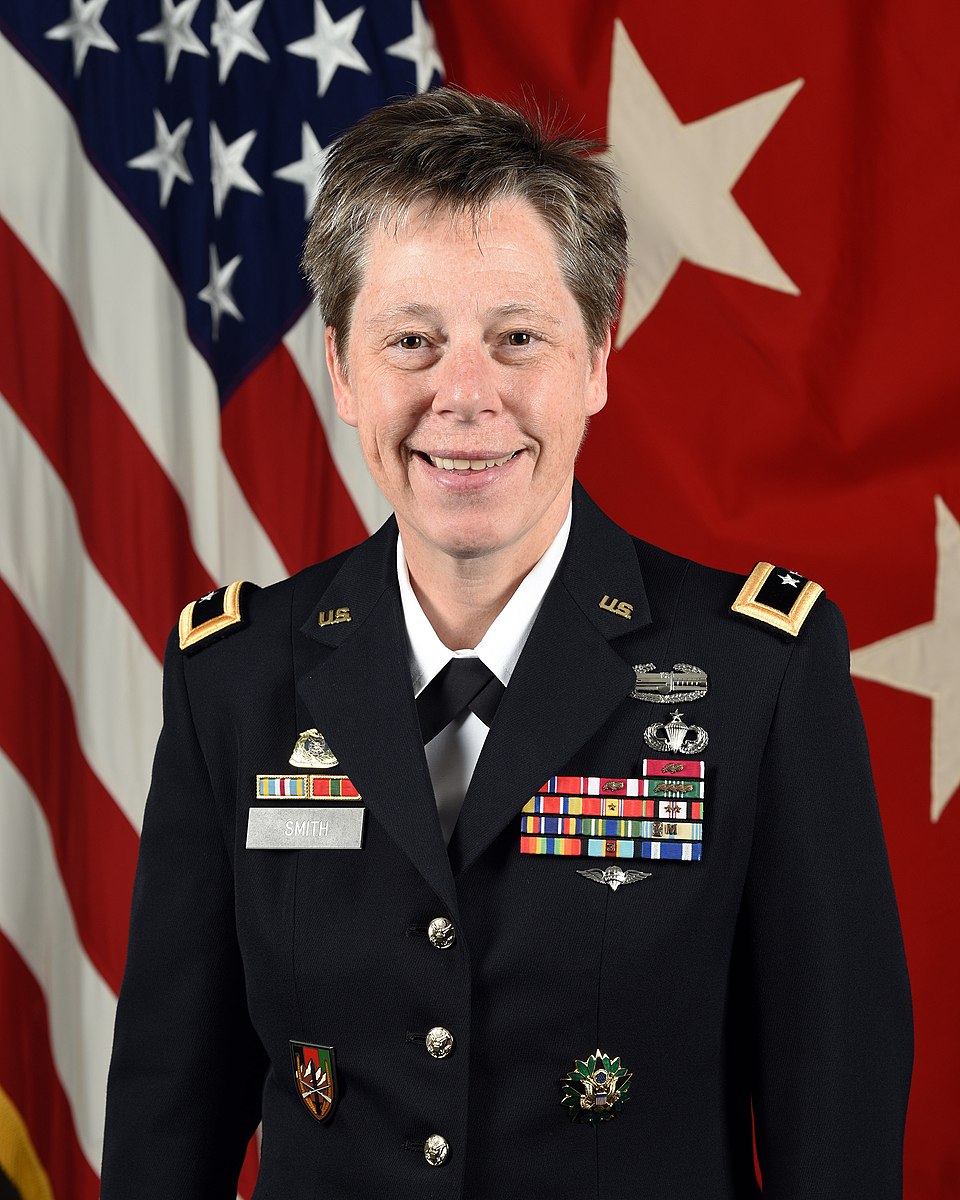
Brig. Gen. Tammy Smith became the first openly gay general in the U.S. Army in 2012 after repeal of “don’t ask, don’t tell.” By accepting promotion with her wife pinning the star, she turned policy change into visible culture change. The moment signaled that integrity includes living openly, and that readiness improves when talented leaders no longer split their lives to serve. It also reassured junior troops that equal dignity and advancement could coexist in uniform.
Amy Bauernschmidt Commands a Carrier
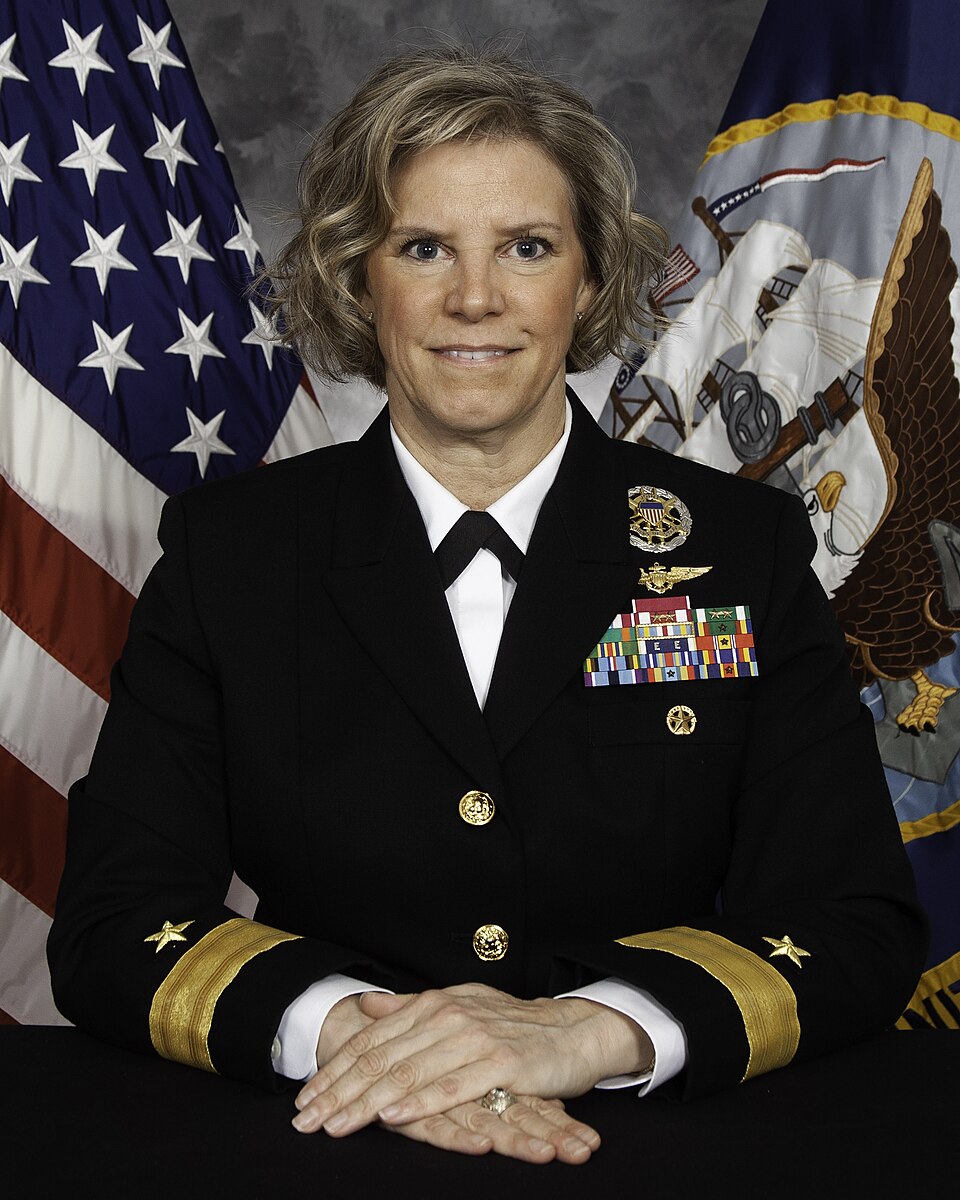
Capt. Amy Bauernschmidt assumed command of the nuclear powered aircraft carrier USS Abraham Lincoln in 2021, the first woman to captain a U.S. carrier. The job blends diplomacy, aviation expertise, and responsibility for thousands at sea, often in contested waters. Her tour made visible what decades of incremental policy shifts had prepared, and it underscored that complex flight operations and strike group leadership hinge on judgment and training more than tradition.


